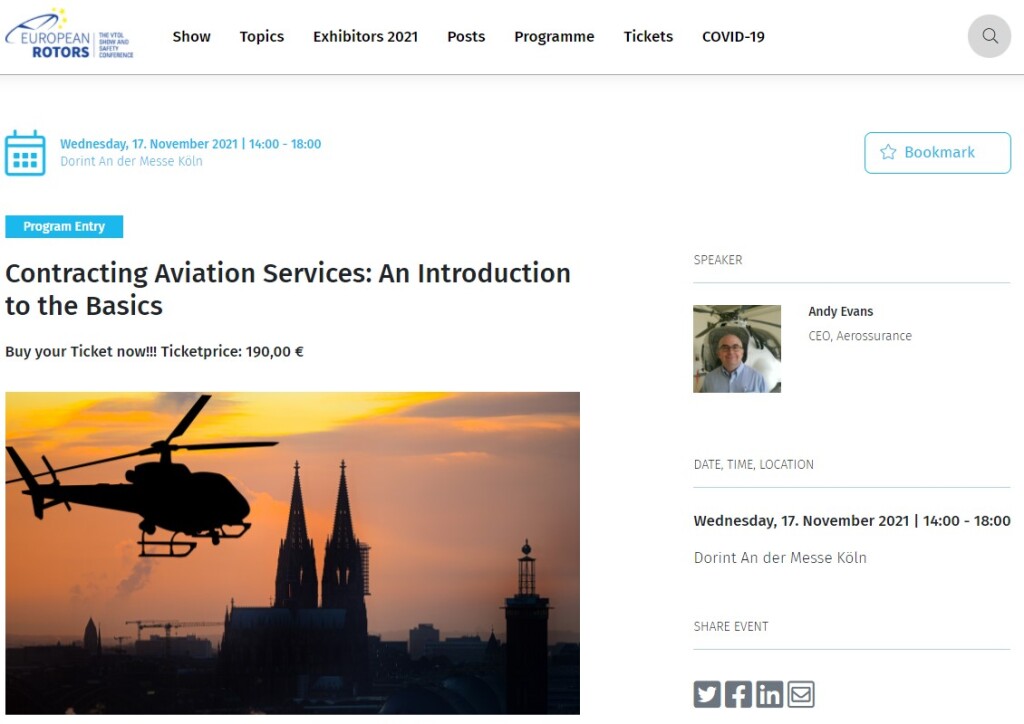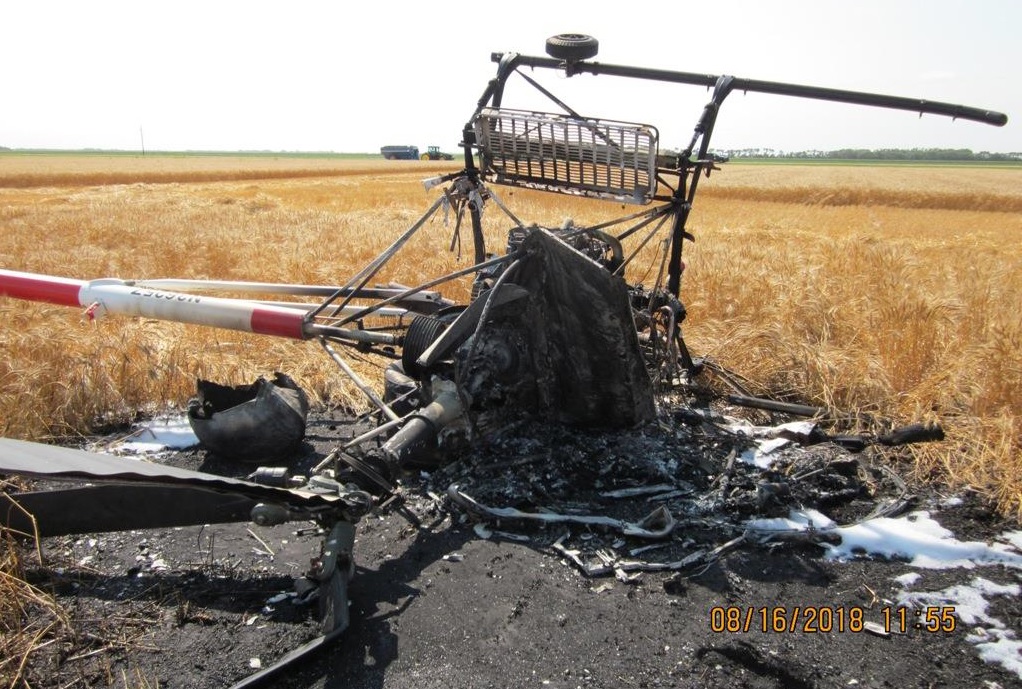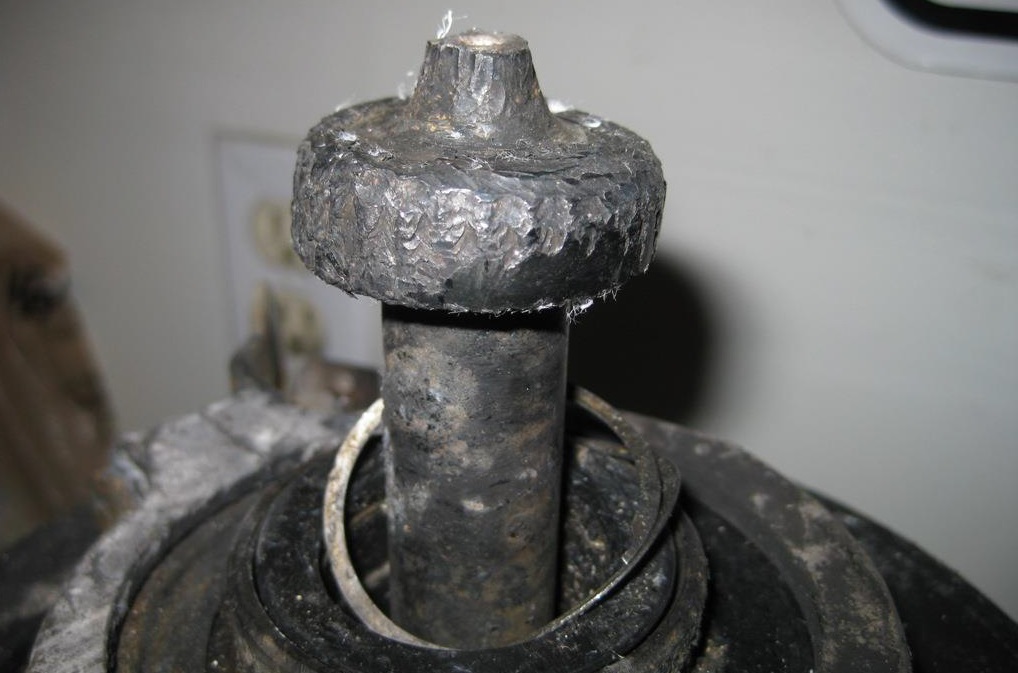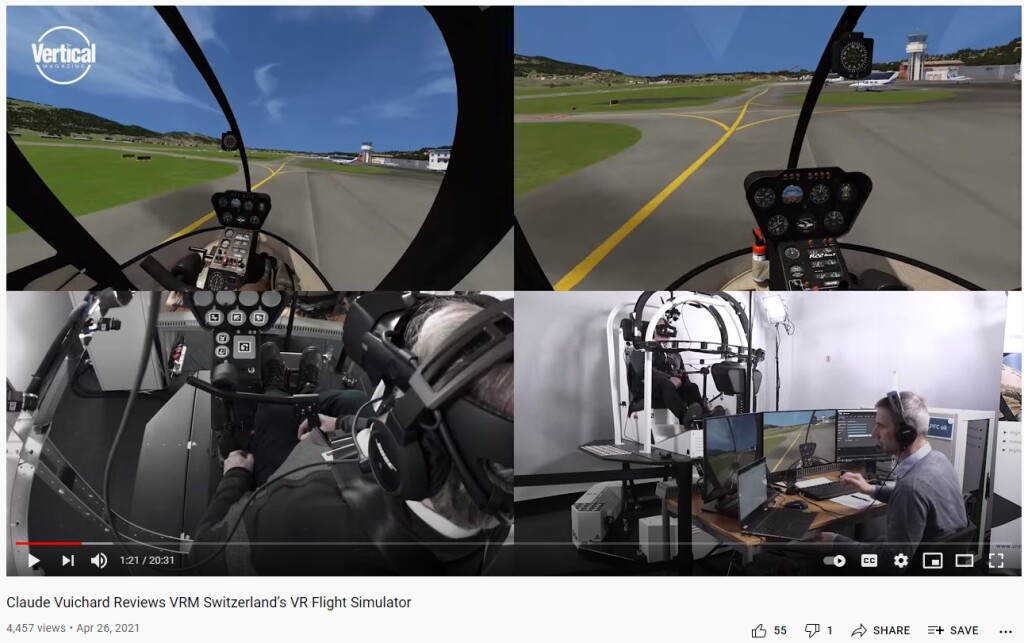Schweizer 269C (S300C) Destroyed after Missed AD (N3625Z)
On 16 August 2018 a privately operated Schweizer 269C (aka 300C) helicopter, N3625Z, was destroyed in a post-crash fire after an autorotation accident near Kindred, North Dakota. The pilot escaped uninjured.
The Accident Flight
The US National Transportation Safety Board (NTSB) explain in their safety investigation report, published on 24 August 2021, that the pilot (a 72-year-old doctor, with 4,089 of total flight time, 930 on type) had “purchased the helicopter in 2000, and that he passed his FAA private pilot checkride in 2001”. On the day of the accident he:
….departed Hector International Airport (FAR), Fargo, North Dakota, earlier in the morning and flew to McLeod, North Dakota, to pick-up a friend who lived on a nearby farm. [The pilot] completed an uneventful local flight with the passenger before departing…about 1015 CDT by himself for the return flight to FAR.
Fifteen minutes into the flight, while cruising at 1,000 ft AGL, he:
…heard a loud “snap” followed by a quick yaw of the helicopter. He immediately pushed the cyclic control forward and lowered the collective. He observed a “split needle” indication. The throttle still controlled engine speed; however, the main rotor speed did not respond to his throttle changes. He stated that the engine continued to run normally. He noted that he still had directional control through the antitorque pedals.
[The pilot] immediately entered an autorotation and made one revolution while he located a suitable landing area. He maneuvered the helicopter to a nearby wheat field for landing. He estimated that the wheat crop was between 2-3 ft high.
In an interview with an FAA Inspector the piloted reportedly stated “he “messed up” the autorotation because he was out of practice and had never done this maneuver to the ground before”.
[The pilot] stated that the helicopter landed level on its skids, but it still had forward ground speed that caused the helicopter to briefly pitch nose-up. The helicopter subsequently pitched down before it slowly rolled over onto its right side. [T]he engine continued to run after impact, and he shut down the engine by moving the mixture control to the idle cutoff position.
After the accident, he was able to exit the helicopter unaided and without injury. [The pilot] stated that he observed smoke from the right side of the helicopter (possibly near the damaged right fuel tank) and that the helicopter caught on fire after a few minutes.
The Safety Investigation
The FAA inspector reported that:
After examining several transmission parts on scene, I found that the lower coupling drive shaft was missing all of its forward splines.
The splines gave the appearance of being smeared off due to severe friction or heat.
Inspection of the aircraft’s records revealed that:
Records review indicated that [Airworthiness Directive] AD 93-17-13, had been complied with 5 September 2013, approximately 127 hours prior to the accident. was noted that the mechanic had signed off AD 93-17-13 with a simple entry, “Complied with AD. No defects”.
This AD requires the disassembly of the lower coupling drive shaft assembly to facilitate visual inspection and lubrication every 300 flying hours. The FAA inspector speculated that:
This sign off would indicate the mechanic may not have actually performed the steps required by the AD as the mechanic must reference the “method of compliance”.
It is not clear why the FAA dismissed the simpler explanation that the mechanic simply made an omission and failed to record the method used. That AD was superseded by AD 2017-14-06 Lower Coupling Drive Shaft, effective 25 August 2017. This was because the Type Certificate Holder had determined that…
…the initial and recurrent inspection intervals and inspection method required by AD 93-17-13 were not adequate to detect all corrosion, pits, nicks, scratches, dents, and cracks. Accidents due to driveshaft failures continued to occur after AD 93-17-13 was issued.
AD 2017-14-06 required that within 25 flying hours and thereafter every 150 hours both visual and magnetic particle inspection. The FAA estimated this AD had been overflown by 44 hours. The NTSB comment that:
The pilot, who was the sole owner and operator of the helicopter, was responsible for ensuring compliance with the airworthiness directive.
The FAA further stated that:
The interview with the pilot revealed he had not been doing his preflight correctly. The Pilots Operating Handbook (POH) contains a detailed checklist for preflight. Among those items is a “free play” check of the lower coupling drive shaft. The pilot admitted that he had “never heard of this preflight item”. I then assembled the broken parts and demonstrated the free play check… Once again he said, “I’ve never done this check as long as I’ve owned the aircraft”. This preflight item may have revealed a lubrication issue with the lower coupling drive shaft.
NTSB Probable Cause
The pilot’s failure to adequately inspect the lower coupling driveshaft during his preflight inspection and his non-compliance with an applicable airworthiness directive, which resulted in the failure of the forward drive splines of the lower coupling driveshaft during cruise flight.
Co-causal to the accident was the pilot’s failure to maintain control of the helicopter during the autorotation landing.
Safety Resources
The European Safety Promotion Network Rotorcraft (ESPN-R) has a helicopter safety discussion group on LinkedIn.
There are ways to affordably practice emergencies in light helicopters emerging, such as from VRM:
You may also find these Aerossurance articles of interest:
- Helicopter Throttle Bracket Left Unsecured After Maintenance
- Latent Engine Defect Downs R44: NR Dropped to Zero During Autorotation
- R44 Force Lands After Improper Repair
- Robinson R44 Power Loss: Excessive Lubricant
- Helicopter Engine Unapproved Repair Leads to Forced Landing Damage
- Maintenance Misdiagnosis Precursor to Tail Rotor Control Failure
- Inappropriate Autorotation Training: Police AS350
- Tree Top Autorotation for B206L1 After Loose Fuel Line B-Nut Leaks
- Fatal R44 Loss of Control Accident: Overweight and Out of Balance
- FAA Rules Applied: So Misrigged Flying Controls Undetected
- UPDATE 22 September 2021: Brake Failure Causes PA-31 Runway Excursion During Taxi
And
Aerossurance‘s Andy Evans has volunteered to deliver two training sessions at European Rotors on 17 November 2021. Places are still available to book but likely to be unavailable by mid-October so don’t hesitate!

He discussed these in a recent European Rotors Digital Series interview:

Aerossurance has extensive air safety, operations, SAR, airworthiness, human factors, aviation regulation and safety analysis experience. For practical aviation advice you can trust, contact us at: enquiries@aerossurance.com
Follow us on LinkedIn and on Twitter @Aerossurance for our latest updates.





Recent Comments